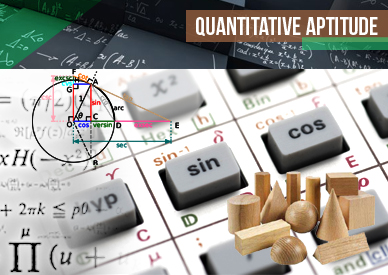Data Interpretation For SBI PO : Set -15

Data Interpretation For SBI PO : Set -15
(1-5) Study the table carefully to answer the questions that follow: Candidates who appeared and passed in the School
What was the approximate percent increase in the number of candidates who passed in the exam from school-A in the year 200What was the approximate percent increase in the number of candidates who passed in the exam from school-A in the year 200
1) What was the approximate percent increase in the number of candidates who passed in the exam from school-A in the year 2009?
a) 22
b) 39
c) 26
d) 30
e) 34
2) Number of candidates who passed in the exam from school B in the year 2005 was approximately what per cent of number of candidates who appeared from school-A in the year 2008?
a) 76
b) 87
c) 90
d) 84
e) 80
3) What was the respective ratio between the number of candidates who appeared from school-C in the year 2006 and the number of candidates who passed in the exam from school-D in the year 2009?
a) 11:4
b) 11:5
c) 5:11
d) 9:11
e) None of these
4) In which year was the difference between the number of candidates who appeared and passed  in the exam from school-B second lowest?
a) 2204
b) 2005
c) 2006
d) 2007
e) 2008
5) What was the total number of failed candidates from school-C in the year 2008 and the number of candidates who appeared in the exam from School -D in the year 2006?
a) 335
b) 325
c) 322
d) 332
e) None of these
(6-10) Study the following table carefully and answer the questions given below it.

6) How many machines have produce lower than 700 for all the given years?
a) Nil
b) One
c) Two
d) Three
e) None of these
7) Which machine has shown the least fluctuation in production?
a) I
b) II
c) V
d) VI
e) None of these
8) Which of the following can be concluded?
a) As the machine becomes older, the production goes down.
b) The production goes down in the initial two or three years than it start improving.
c) All the fluctuations from one year to other are in the range of 100
d) Each even numbered machine produces more than the odd numbered.
e) None of these
9) For which year the machine has the production been highest for the given date?
a) 1999
b) 1998
c) 1997
d) 1996
e) None of these
10) For which machine there has been increase in production from its previous year?
a) No machine
b) III
c) IV
d) II
e) None of these


